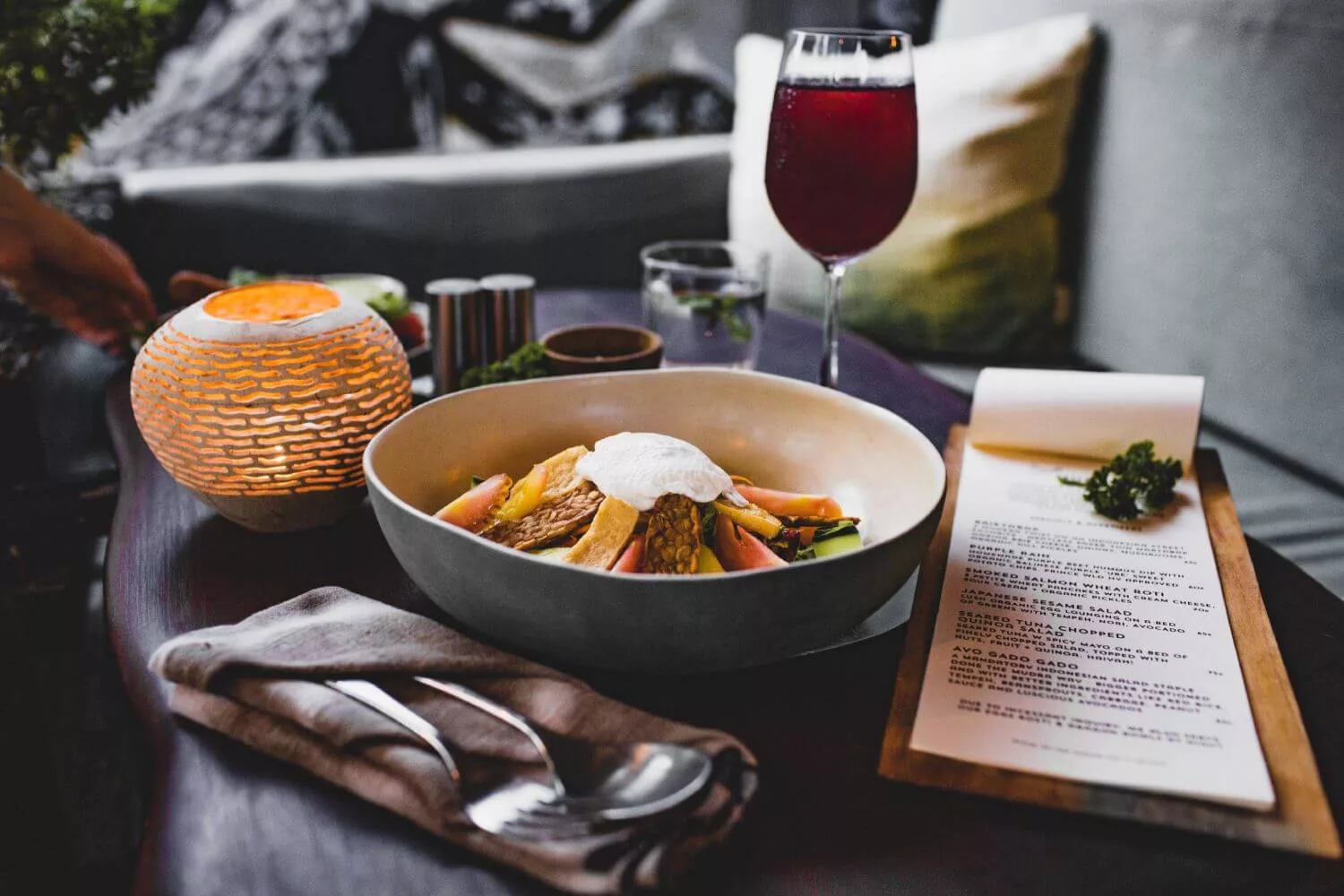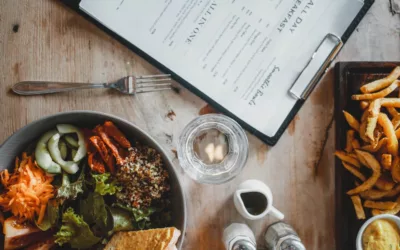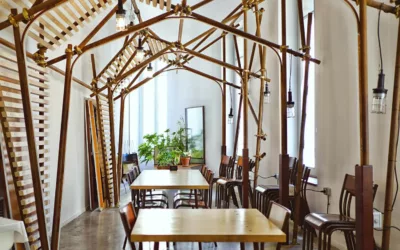Menu development is an intricate and exhilarating process that amalgamates your culinary expertise with practical kitchen skills. Whether you’re revamping existing menus or creating a brand-new bill of fare, it serves as a canvas for brainstorming, refining, and finalizing recipe concepts. A systematic approach is crucial to streamline this process effectively. Here are ten fundamental questions to consider before diving into restaurant menu development:
Have You Covered Planning and Engineering?
Your menu should offer a diverse array of dishes that reflect your brand and satisfy customers. Factors such as back-of-house capabilities, food costs, and pricing can significantly impact your bottom line. Smart menu engineering strikes a balance between these considerations, creating a menu that attracts business and ensures profitability.
What Types of Menus Do You Need?
Different dining settings may necessitate various menu formats. For instance, quick-service restaurants often feature static menus that rarely change, offering a sense of consistency. However, other restaurant types may require:
A la Carte Menus: Allowing guests to select individually priced items, providing flexibility and customization.
Prix Fixe Menus: Suitable for special occasions and private events, offering multiple menu options at a fixed price.
Du Jour Menus: A versatile format for daily menu customization, accommodating fresh soups to housemade desserts.
Cycle Menus: Relying on the seasonal availability of signature ingredients to create weekly and monthly customer favorites.
Specialty menus, such as brunch or happy hour, and wine and cocktail menus, might also find a place in your restaurant.
How Many Items Should Be on Your Restaurant’s Menu?
Consult your back-of-house staff to determine the number of items you can feasibly handle. Discuss prep duties, cooking times, and equipment availability to ensure smooth kitchen operations. Be mindful not to overwhelm your diners with too many choices; industry standards often recommend no more than seven or eight dishes in each menu section.
Once you’ve established these basics, it’s time to refine your restaurant’s menus. The following ten tips can help you make the most of your culinary skills and enhance your business:
1. Cater to Your Market:
Leverage your understanding of what sells best in your restaurant and find innovative ways to refresh customer favorites. For new locations, research your target demographics to design menus that cater to a broad range of tastes.
2. Out-Serve the Competition:
Visit nearby restaurants to see what they offer and pay attention to those with similar dishes. Find ways to stand out, whether it’s through unique side dishes, upgraded bar service, or other creative approaches.
3. Brainstorm with a Consultant:
Restaurant consulting firms can provide valuable insights, from recipe testing to graphic design. They offer an unbiased perspective on your ideas.
4. Reach Out for Recipes:
The internet is a treasure trove of recipe ideas. Engage with online forums dedicated to the restaurant industry to collaborate and exchange creative ideas with professionals.
5. Strike a Balance with Variety:
Ensure your menu offers a balanced variety of dishes to cater to diverse tastes.
6. Stay Seasonally Flexible:
Design your menu to adjust to the seasons, offering fresh, seasonal choices that customers appreciate.
7. Stick with Quality Sourcing:
Partner with reliable suppliers to ensure a steady supply of high-quality ingredients, allowing your culinary creativity to flourish.
8. Do the Math at Least Twice:
While creativity is important, don’t neglect the financial aspects. Calculate food costs and pricing for each dish, and double-check your numbers.
9. Finalize the Details with Staff:
Collaborate closely with your kitchen and front-of-house staff to ensure everyone understands the nuances of each dish. Document ingredients, measurements, and unique details.
10. Design Your Menu for Your Customers:
Make your menu visually appealing and easy to navigate. Consult with graphic arts professionals to design a memorable menu.
Remember, menu development is an ongoing process that should adapt to changing trends and customer preferences. Guests appreciate great menu planning, and it can lead to increased loyalty and positive feedback on social media. At Hitchcock Farms, we’re here to support your menu ideas by providing premium produce. As one of California’s largest produce companies, we’re committed to delivering the best-quality ingredients to help you satisfy your customers and elevate your culinary creations.





0 Comments